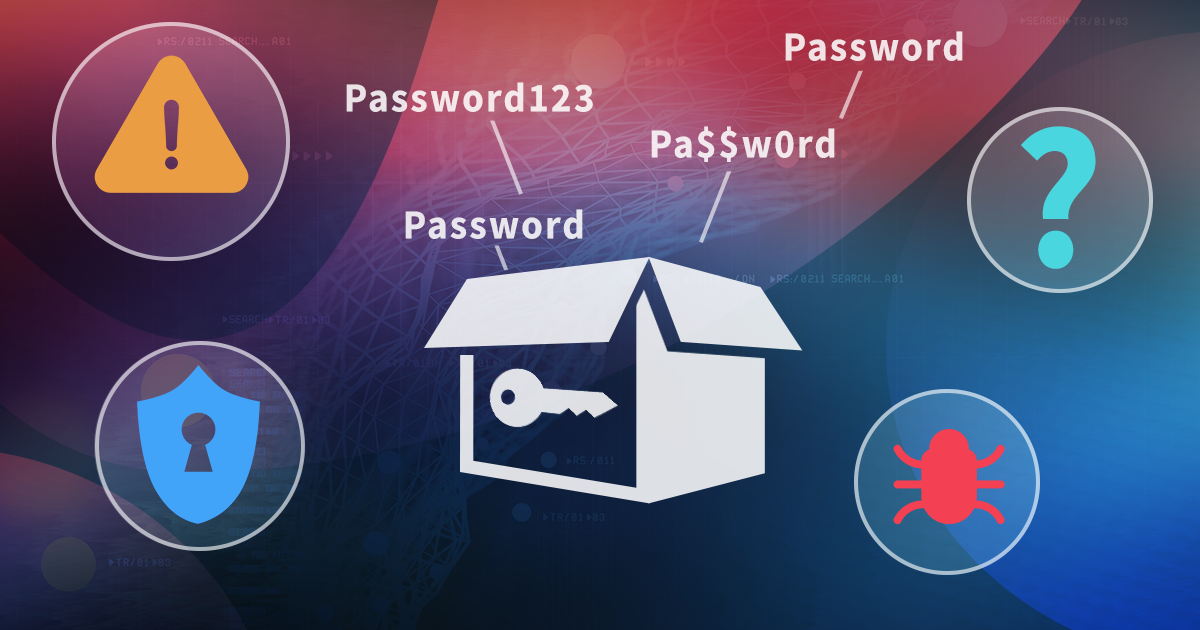The iOS backup system is truly unrivalled. The highly comprehensive, versatile and secure backups can be created with Apple iTunes. For the user, local backups are a convenient and easy way to transfer data to a new device or restore an existing one after a factory reset. For forensic experts, iOS backups are an equally convenient, versatile and easy way to obtain a copy of the user’s data without attempting to break into the device. In malicious hands, the backup becomes a dangerous weapon. Logins and passwords from the Keychain allow hackers accessing the user’s social accounts, messages, and financial information. A backup password can be set to protect local backups, but it can be removed just as easily shall the hacker have access to the physical iPhone and know its passcode. In this article, we’ll discuss how the Screen Time password can be used to further strengthen the protection of local backups.
iOS 14 is officially out. It’s a big release from the privacy protection standpoint, but little had changed for the forensic expert. In this article, we’ll review what has changed in iOS 14 in the ways relevant for the forensic crowd.
Last year, we have developed an innovative way to extract iPhone data without a jailbreak. The method’s numerous advantages were outweighed with a major drawback: an Apple ID enrolled in the paid Apple’s Developer program was required to sign the extraction binary. This is no longer an issue on Mac computers with the improved sideloading technique.
Regular or disposable Apple IDs can now be used to extract data from compatible iOS devices if you have a Mac. The use of a non-developer Apple ID carries certain risks and restrictions. In particular, one must “verify” the extraction agent on the target iPhone, which requires an active Internet connection. Learn how to verify the extraction agent signed with a regular or disposable Apple ID without the risk of receiving an accidental remote lock or remote erase command.
Smartphones are used for everything from placing calls and taking photos to navigating, tracking health and making payments. Smartphones contain massive amounts of sensitive information which becomes essential evidence. Accessing this evidence can be problematic or expensive, as was clearly demonstrated during the FBI-Apple encryption dispute, which was about the iPhone 5c used by the San Bernardino shooter in December 2015. With modern technological advances, iPhone 5c unlocks are no longer an issue.
We have discovered a way to unlock encrypted iPhones protected with an unknown screen lock passcode. Our method supports two legacy iPhone models, the iPhone 5 and 5c, and requires a Mac to run the attack. Our solution is decidedly software-only; it does not require soldering, disassembling, or buying extra hardware. All you need is iOS Forensic Toolkit (new version), a Mac computer, and a USB-A to Lightning cable. In this guide, we’ll demonstrate how to unlock and image the iPhone 5 and 5c devices.
We updated iOS Forensic Toolkit to bring two notable improvements. The first one is the new acquisition option for jailbreak-free extractions. The new extraction mode helps experts save time and disk space by pulling only the content of the user partition while leaving the static system partition behind. The second update expands jailbreak-free extraction all the way back to iOS 9, now supporting all 64-bit devices running all builds of iOS 9.
The keychain is one of the hallmarks of the Apple ecosystem. Containing a plethora of sensitive information, the keychain is one of the best guarded parts of the walled garden. At the same time, the keychain is relatively underexplored by the forensic community. The common knowledge has it that the keychain contains the users’ logins and passwords, and possibly some payment card information. The common knowledge is missing the point: the keychain contains literally thousands of records belonging to various apps and the system that are required to access lots of other sensitive information. Let’s talk about the keychain, its content and its protection, and the methods used to extract, decrypt and analyze the various bits and pieces.
EIFT, Elcomsoft iOS Forensic Toolkit, Elcomsoft Phone Breaker, Elcomsoft Phone Digger, Elcomsoft Phone Viewer, EPB, EPD, EPV, icloud keychain, iOS, keychain
We have published multiple articles on iPhone backup passwords already, covering the different aspects of the backup protection. In this publication, we have collected the most important information about the things you can do under different circumstances, some software recommendations, and some other practical tips and tricks, in a brief and simple form.
The long-awaited update for Elcomsoft Phone Breaker has arrived. The update brought back the ability to download iCloud backups, which was sorely broken since recent server-side changes introduced by Apple. We are also excited to become the first forensic company to offer support for iCloud backups saved by iOS 14 beta devices, all while supporting the full spectrum of two-factor authentication methods. We are proud to provide the most comprehensive forensic support of Apple iCloud with unmatched performance, accelerating forensic investigations and providing access to critical evidence stored in the cloud.


